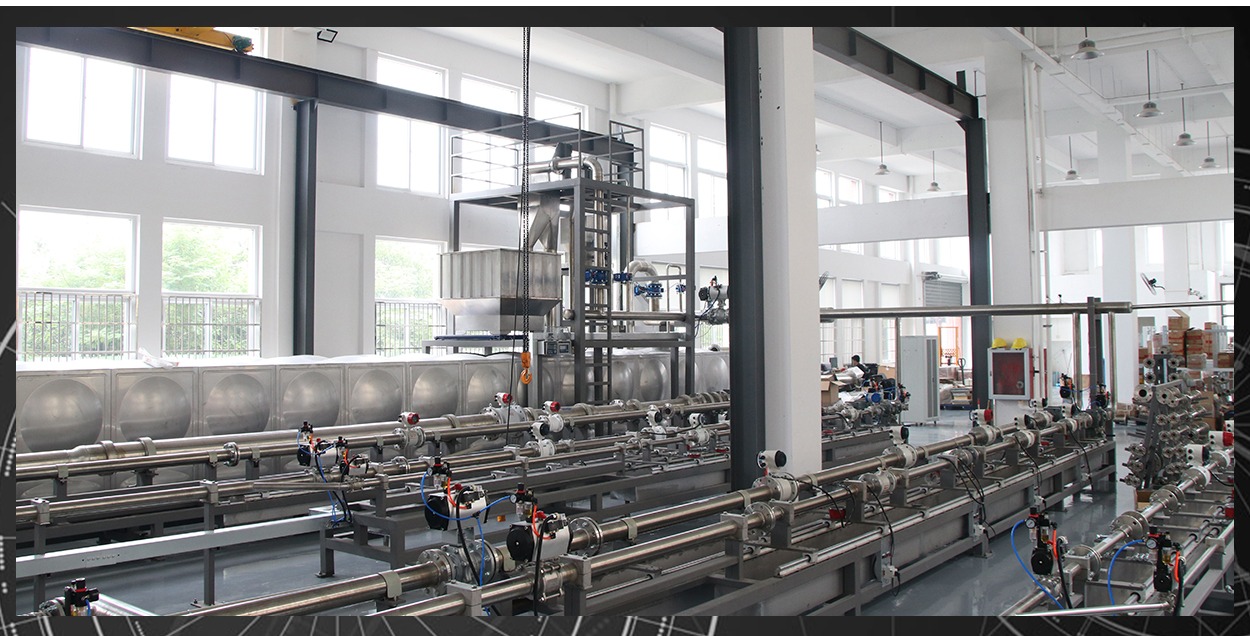
Flowmeter is a kind of test equipment used to measure the flow of process fluid and gas in industrial plants and facilities. Common flowmeters are electromagnetic flowmeter, mass flowmeter, turbine flowmeter, vortex flowmeter, orifice flowmeter, Ultrasonic flowmeter. Flow rate refers to the speed at which process fluid passes through a pipe, orifice, or container at a given time. Control and instrumentation engineers measure this value to monitor and adjust the speed and efficiency of industrial processes and equipment.
Ideally, the test equipment must be “reset” from time to time to prevent inaccurate readings. However, due to the aging of electronic components and coefficient deviation, in an industrial environment, the flowmeter will be calibrated regularly to ensure the accuracy of the measurement, so that it can be operated safely and in a timely manner.
What is Flowmeter Calibrate?
Flowmeter calibration is the process of comparing the preset scale of the flowmeter with the standard measurement scale and adjusting its measurement to conform to the standard. Calibration is an important aspect of instrumentation in a wide range of industries that require high-precision measurements, such as in oil and gas, petrochemical, and manufacturing. In other industries such as water and sewage, food and beverage, mining and metal, more precise measurement is also required to ensure production efficiency.
Flow meters are calibrated by comparing and adjusting their metering to meet predefined standards. Flowmeter manufacturers usually calibrate their products internally after production, or send them to independent calibration facilities for adjustment.
Flowmeter Recalibration vs. Calibration
Flowmeter Calibration involves comparing the measured value of the running flowmeter with that of a standard flow measuring device under the same conditions, and adjusting the scale of the flowmeter to be close to the standard.
Flowmeter Recalibration involves calibrating a flowmeter that is already in use. Periodic recalibration is essential because flow meter readings will often “out of phase” over time due to the variable conditions involved in industrial processes.
The main difference between these two procedures is that the flow calibration is performed before the flowmeter is sent out for use, while the recalibration is performed after the flowmeter has been running for a period of time. Software tools can also be used to verify the accuracy of the measurement after the flowmeter is calibrated.
How to Calibrate a Flowmeter
Some of the most widely-used flow meter calibration procedures are:
- Master Meter Calibration
- Gravimetric Calibration
- Piston Prover Calibration
Master Meter Calibration Procedures
The main flowmeter calibration compares the measured value of the measured flowmeter with the measured value of a calibrated flowmeter or “main” flowmeter operating under the required flow standard, and adjusts its calibration accordingly. The main flowmeter is usually a device whose calibration is set to a national or international standard.
To perform the main meter calibration:
- Connect the main instrument in series with the flow meter under test.
- Use the measured liquid volume to compare the readings of the main flow meter and the flow meter.
- Calibrate the flow meter under test to comply with the calibration of the main flow meter.
Advantage:
- Easy to operate, continuous testing.

Gravimetric Calibration Procedures
Weight calibration is one of the most accurate and cost-effective volume and mass flow meter calibration procedures. The gravimetric method is ideal for the calibration of liquid flowmeters in the petroleum, water purification and petrochemical industries.
To perform weight calibration:
- Put an aliquot (a small portion) of the process fluid into the test meter and weigh it for a precise time while it flows for 60 seconds.
- Use a calibrated scale to accurately measure the weight of the test fluid.
- After the test period is over, transfer the test liquid to the drain container.
- The flow rate of the aliquot is obtained by dividing its volume weight by the duration of the test.
- Compare the calculated flow rate with the flow rate of the flow meter, and make adjustments based on the actual measured flow rate.
Advantage:
- High accuracy(The master meter also uses gravimetric calibration, so the highest accuracy is limited).

Piston Prover Calibration Procedures
In the flow meter calibration procedure of the piston calibrator, a known volume of fluid is forced through the flow meter under test. The piston calibrator is a cylindrical device with a known inner diameter.
The piston calibrator contains a piston that generates a volume flow through a positive displacement. The piston calibration method is very suitable for high-precision ultrasonic flowmeter calibration, fuel flowmeter calibration and turbine flowmeter calibration.
To perform a piston calibrator calibration:
- Put an aliquot of the process fluid into the piston calibrator and flow meter to be tested.
- The volume of fluid discharged in the piston calibrator is obtained by multiplying the inner diameter of the piston by the length that the piston travels.
- Compare this value with the measured value obtained from the flow meter and adjust the calibration of the flow meter accordingly.
Post time: Dec-15-2021




